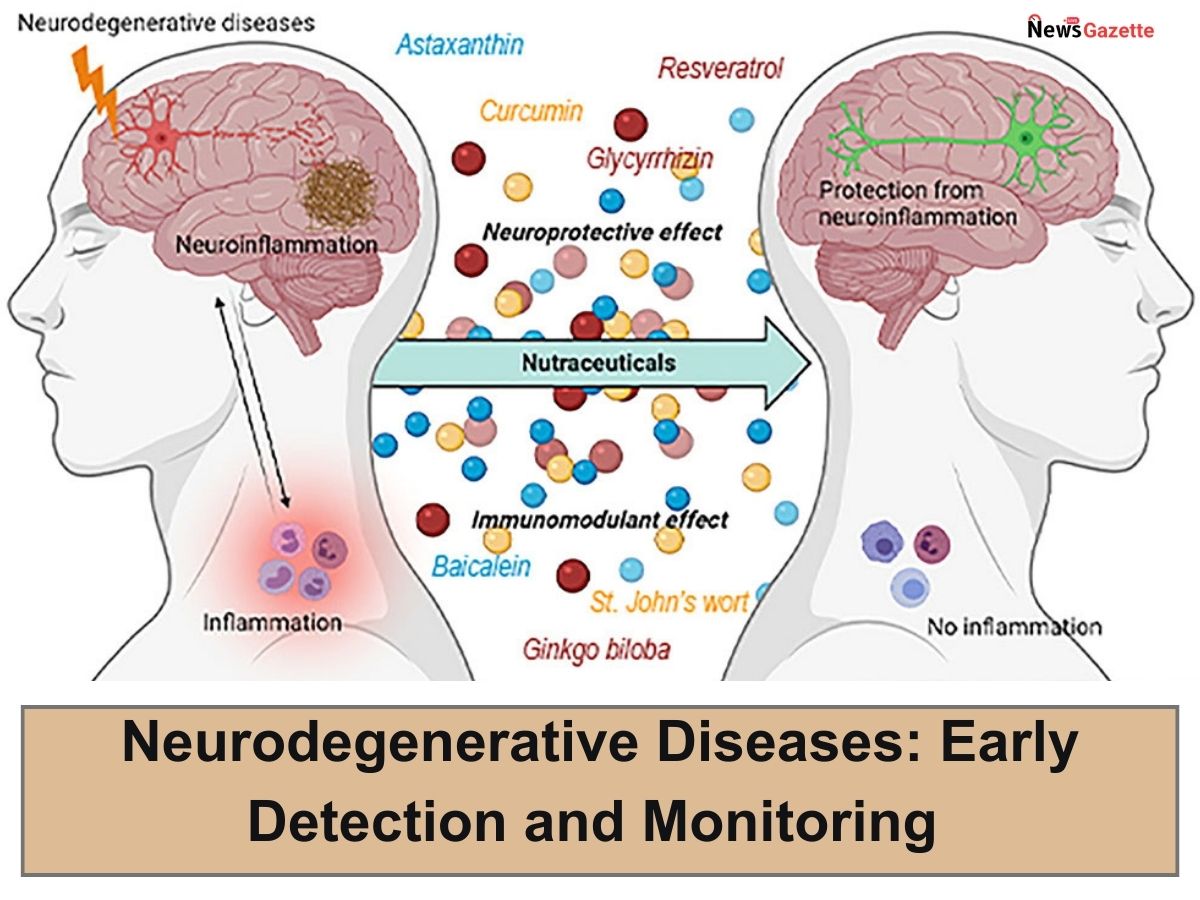
Neurodegenerative Diseases: Early Detection and Monitoring
Encompassing a plethora of conditions ranging from mobility issues to diminished cognitive functions, neurodegenerative diseases (NDDs) are characterized by the gradual degradation of the central nervous system. The disease shows significant prevalence in the elderly demographic, with age being a major risk factor. NDDs add to the burden of several other age-associated conditions, which pose a substantial challenge to the public sector. A report published by the World Health Organization (WHO) estimated that a billion people are affected by some neurological condition worldwide. Significantly contributing to disabilities and mortalities globally, figures show that NDDs are the second largest contributor to deaths worldwide. With around 300 million disability-adjusted life years and 9 million fatalities annually associated with NDDs. Among them, Alzheimer’s disease (AD) and Parkinson’s disease (PD) are the most prevalent.
With an estimated 500,000 new cases, Alzheimer’s disease accounts for approximately 30 million disability-adjusted life years and 2 million deaths annually. Parkinson’s disease depicts more reserved numbers. With 3.6 million years of disability-adjusted life years and 211,000 deaths worldwide, Parkinson’s disease is the second most prevalent NDD. Researchers worldwide have dedicated their efforts toward awareness and management of neurodegenerative conditions. Despite a variety of treatment options available, loss of the optimal time frame due to delayed diagnosis poses a considerable challenge for the medical community. Breaking through the helplessness, the Glymphometer appears as a game changer.
Debilitating symptoms experienced during the development of neurodegenerative diseases (NDDs) lead to substantial emotional and financial burdens. This dramatically impacts the quality of life of the patients. However, identifying trends of the ailment during the initial asymptomatic period opens the path for life-altering treatments and therapy options. The critical early phase of the disease is when medical intervention is most beneficial, allowing medical professionals to assign proper care to prolong the patient’s independence with pharmaceutical or behavioral therapies. Teemu Myllylä, an associate professor at the University of Oulu and a leading expert in biomedical engineering, proposed brain health monitoring for early detection of neurodegenerative diseases. Presented at the recent 6G-enabled sustainable society event the efforts received widespread attention. Myllylä and his team focus their efforts on wearable devices and sensor-based techniques to monitor the health of the nervous system. Revolutionizing the field of early detection, treatment, and monitoring of major NDDs like Alzheimer’s disease, the researchers exploited the concept of neurohydrodynamics. Referring to neurophysics that deals with hydrodynamics within the nervous system, this phenomenon allows scientists to explore the pathologies of several NDDs.
Read Also: AI-Based Tumor Removal Surgeries
Myllylä’s Glymphometer uses light-based sensors to monitor the fluid dynamics of the brain. Medical personnel can predict possible brain disorders based on trends in normal brain parameters. This can contribute to a real-time prediction of an individual’s brain health. The device application differentiates the different types of NDDs, allowing doctors to compile a more accurate treatment plan. The diagnosis results are based on the Glymphatic system activity index, abbreviated as the ‘G Index.’ It can be defined as a value of the brain’s clearance activity. Initial testing revealed significant correlations between the G index and parameters like sleep quality and tasks performed. This further validated the credibility of the Glymphometer. The researchers expect the device to be calibrated to the standard readings of one’s brain based on one’s habits and lifestyle; this will then allow their healthcare provider to monitor any deviations in the G index and suggest changes to their daily activities to minimize risks associated with brain disorders., Daily monitoring of the G Index should hopefully become a common practice, allowing individuals to maintain optimal cognitive health for up to 40-50 years.
In conclusion, early detection and intervention in the case of neurological disorders are crucial steps for successful treatment and management of the condition. The significance of developing new technologies and tools for detecting and treating neurodegenerative diseases is plainly visible. Professor Myllylä’s research offers a promising approach to monitoring brain health. A method that does not require special appointments or invasive procedures, wearable technologies that use direct sensing techniques can transmit their readings via wireless antennas. Appearing as a paradigm in neurodegenerative diseases, the Glymphometer is a pioneer in the many technologies yet to come.

Carae Wagner specializes in reporting on the healthcare sector, with a specific emphasis on digital health, gene therapy, viral vectors, and public policy. She holds degrees in English and Psychology from the University of Virginia. Her writing has been featured in publications such as Forbes, Slate, C-Ville Weekly, and various others. She maintains a focus on anxiety disorders and depression and aims to explore other areas of mental health including dissociative disorders such as maladaptive daydreaming.
